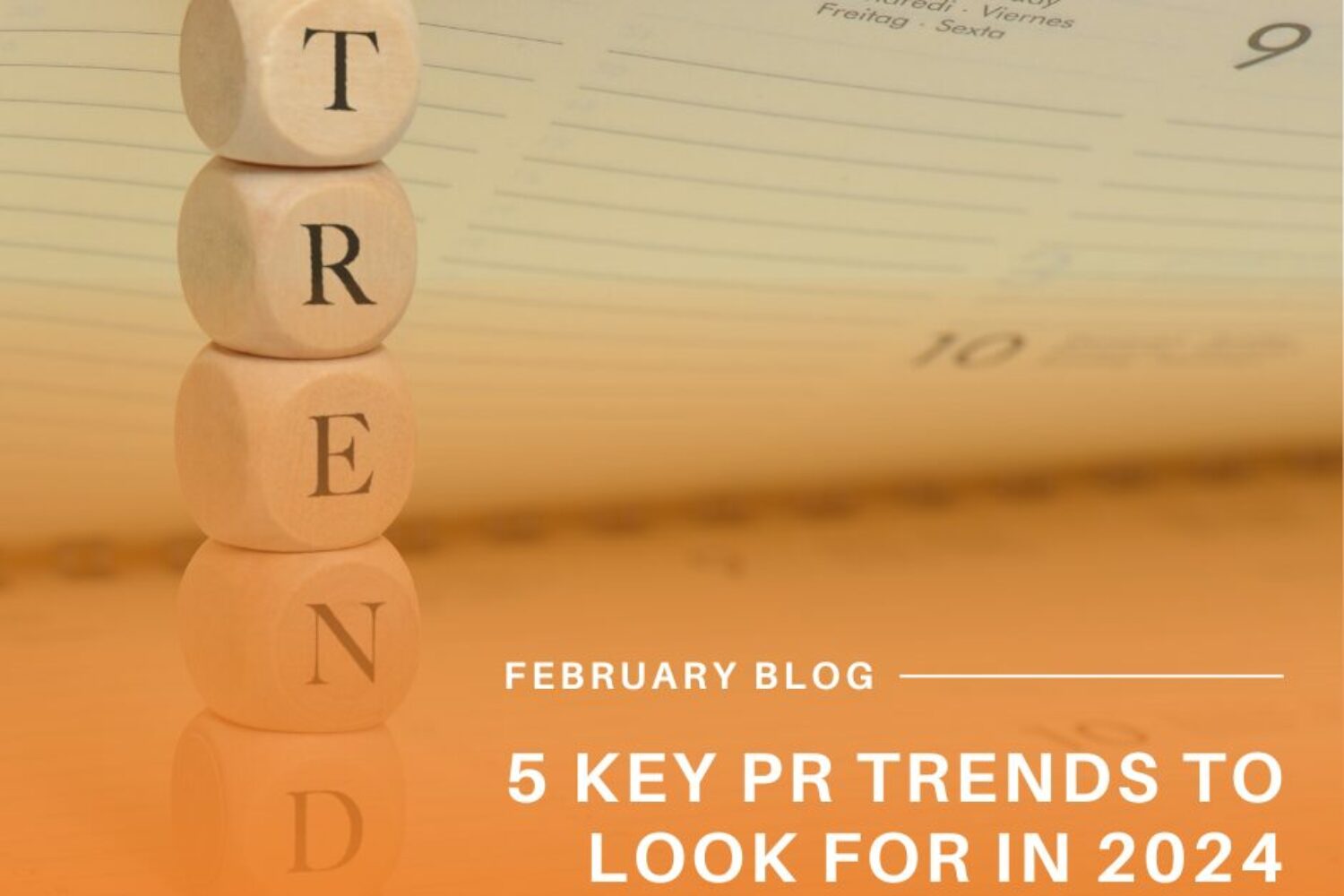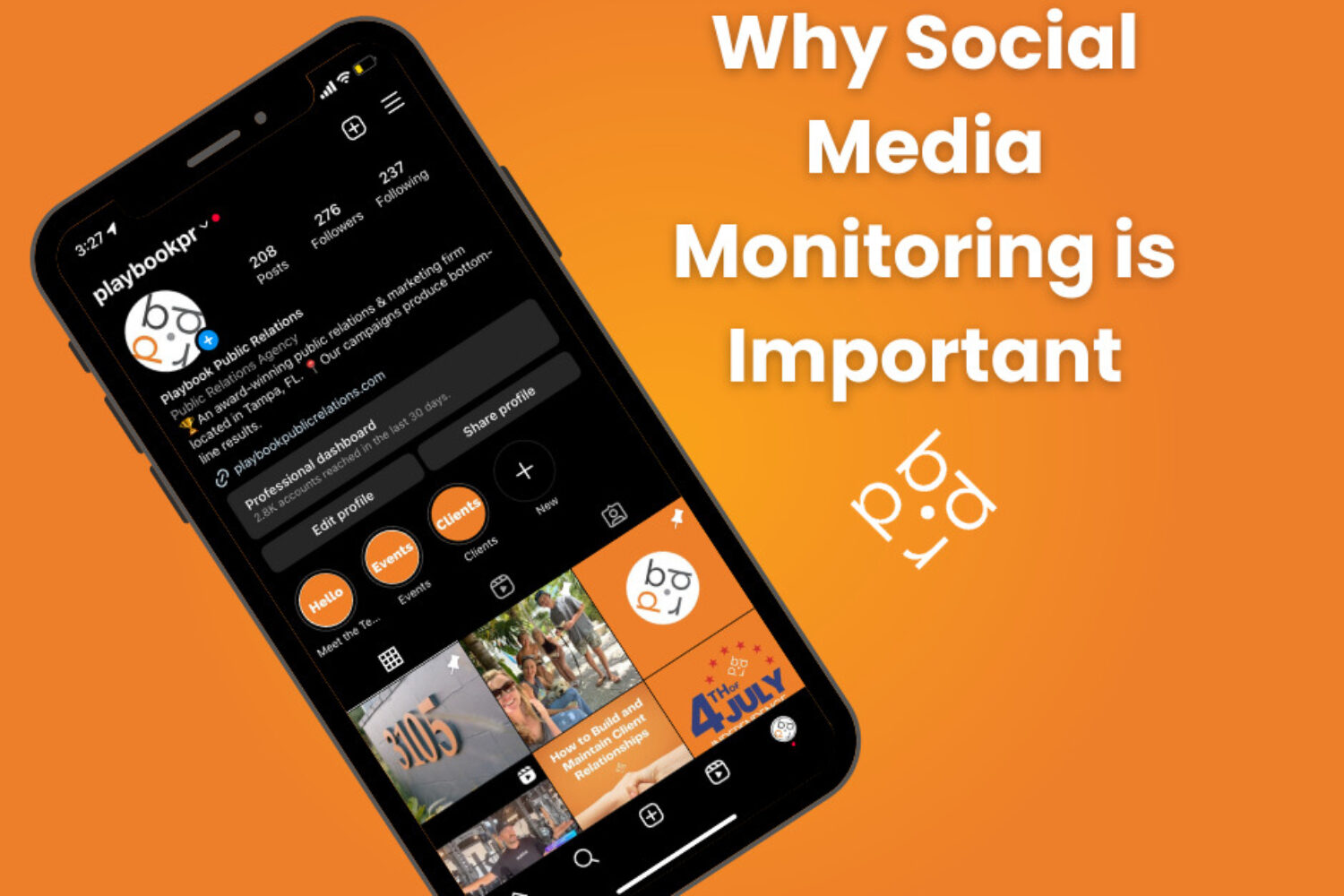Crises occur unexpectedly, so your team must always have plans ready for such situations. This is crucial for businesses of all sizes and industries because crises can happen to anyone at any time.
Crisis communication involves communicating with internal and external stakeholders during a crisis to address concerns, provide information, and manage the narrative. It requires strategic planning, quick response, and effective communication to tackle the challenges posed by a crisis. In this blog, we’ll explore what crisis communication involves, its key components, and why it’s essential for businesses and organizations.
Key Components of Crisis Communication
- Preparedness
Effective crisis communication begins before a crisis occurs. Organizations should have established communication plans, protocols, and designated spokespersons. This involves identifying potential risks, conducting risk assessments, and developing strategies to address various scenarios.
- Quick Response
Timing is crucial during a crisis. A prompt and coordinated response is necessary to address the situation before it escalates. This includes activating the crisis communication or PR team, gathering accurate information, and assessing the crisis’s potential impact.
- Transparency and Honesty
Transparency and honesty are vital in crisis communication. Organizations should communicate openly about the crisis and the steps being taken to resolve it. This builds trust with stakeholders and shows accountability.
- Clear and Consistent Messaging
Consistency in messaging is key during a crisis to ensure everyone receives the same information. All communication channels should convey the same key messages, including media statements, social media, internal communications, and customer interactions. This helps avoid confusion and presents a unified response.
- Adaptability
Crises are unpredictable, and situations can change rapidly. Crisis communication strategies should be adaptable to respond to evolving circumstances and new challenges. This may involve adjusting communication tactics, revising messaging, or addressing new issues as they arise.
Why Crisis Communication Matters
- Protecting Reputation
A well-implemented crisis communication strategy can protect an organization’s reputation and brand image. By being responsible and transparent, organizations can reduce negative perceptions and maintain stakeholder trust.
- Minimizing Impact
Effective crisis communication can minimize the impact of a crisis on operations and relationships with stakeholders. Quick and decisive action helps manage the situation and prevent further escalation.
- Building Resilience
Organizations that excel in crisis communication build resilience. They learn from past crises, implement improvements, and become better prepared for future challenges.
Crisis communication is essential for organizations to manage crises effectively, protect their reputation, and build resilience. By implementing preparedness plans, transparency, clear messaging, and stakeholder engagement strategies, organizations can navigate crises confidently and emerge stronger.










